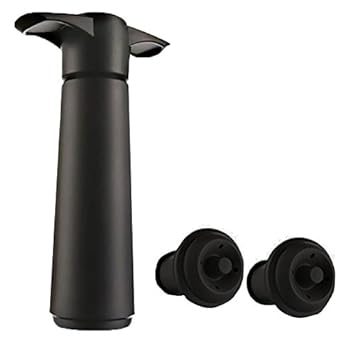What is your recipe and process? What volume are you talking about? 5 gallons or 500?
For mead (and beer), using fruit in primary is totally different than using fruit in secondary. There are many differences in their processing style and end product, but a big thing to keep in mind is oxygen. During primary fermentation, you have active production of CO2; for the most part, during secondary/tertiary fermentation you have a negligible amount of CO2 being produced (at least it is helpful and prudent to treat it as negligible). This is important because of mold and other oxidative processes that will lead to a product with a poor taste. In secondary, if you have any oxygen in contact with fruit - you have the opportunity for mold growth. In primary, the production of around 25-50 volumes of CO2 tends to very quickly and efficiently purge the headspace of whatever volume vessel you are fermenting in. When you use fruit in secondary (for beer or mead) you have to take this into account, and either adjust your vessel or your process. One method would be to use a vessel such as a barrel (e.g. with a lot of fruited sour beer production) or a carboy, and top off the vessel so that it is filled completely; both of these methods can get messy and a little sketchy real quick, as you are loading a quantity of fruit into a vessel through a small opening, filling it with beer, and hoping that fermentation does not restart. If it's intentionally sour, then there are other considerations that I can't go over in a few paragraphs. If you are making a fruited sour beer,
there are a lot of great pieces of advice in Michael Tonsmiere's book, something that every brewer should have - whether they're making sour beer or not.
How your process evolves also depends greatly on your recipe. Our process for using fruit is probably different than most beer and mead producers, because we use a ridiculous quantity per gallon of fruit (in primary); most
other beer and mead producers (if they use real fruit at all) will use maybe 1-2#/gallon max (and usually in secondary). Our process requires a number of techniques and tools to deal with this quantity of solids (tanks with bottom manways, variable capacity lids, pigeage tools, pump-over cart, etc -- we do not filter anything). See what I mean about scale? It's easy for me to say that you need a 1000-gallon tank with a large bottom manway and 300 cubic foot tanks of food grade nitrogen and argon.
If you're working with a common fermentation bucket, I would recommend you pick up a
SiphonTap. We use these for test batches and they work great, but you kind of have to get your hands into the product to start the siphon (something I've mentioned to the inventors of a
ballyhooed and delayed homebrewer's siphon -- they were under the impression a boiled piece of steel wool would work as an end attachment, which I can guarantee you it would not - at least for the seed-laden fruits that we use that basically disintegrate into mush). The SiphonTap works great, but I don't think they are in production anymore, so buy two if you can. They are plastic and tend to break (another reason I want a stainless steel version that I can attach to my stainless siphon starter, if they ever ship the damn thing!). If you are using whole fruit (like cherries) that won't break up much, you could try using a
nylon strainer bag - or just give it a go with a regular racking cane and play it by ear.
If you have to use a bucket (and you have a CO2 cylinder), I would drill out another hole in your bucket lid and buy yourself a
threaded barb hose fitting (McMaster Carr or your LHBS) so that you can (SLOWLY) blanket your fruited beer with CO2 to purge the oxygen (and prevent mold). Many breweries and wineries utilize this kind of procedure (using a tank blanketing valve) for purging the headspace of secondary (or aging) tank with "shielding gas" (e.g. CO2, N2, argon, or a blend of those gases) -- although this kind of "reductive" winemaking (taking great lengths to reduce oxygen exposure) is newer and sometimes looked down upon by traditionalists or those in the extreme oxidative winemaking camp. IMHO, the best process is found somewhere in the middle of these two extremes: utilizing some reductive techniques but allowing some carefully controlled exposure to oxygen.
If you ever have any other questions, please drop me a line: james at schrammsmead.com. Cheers!





